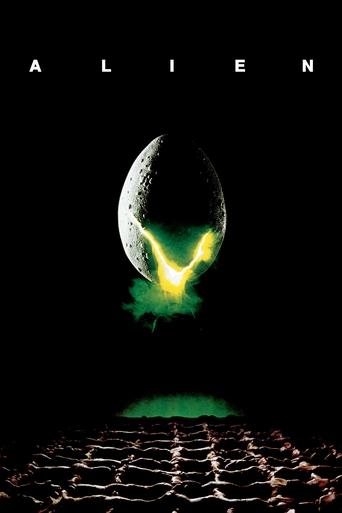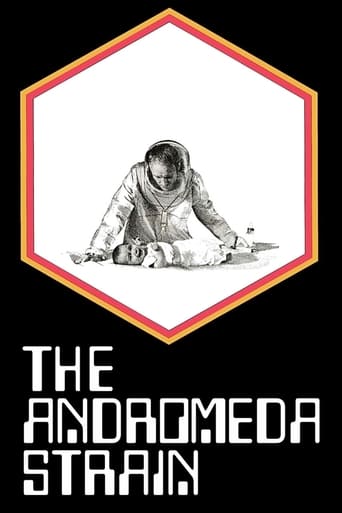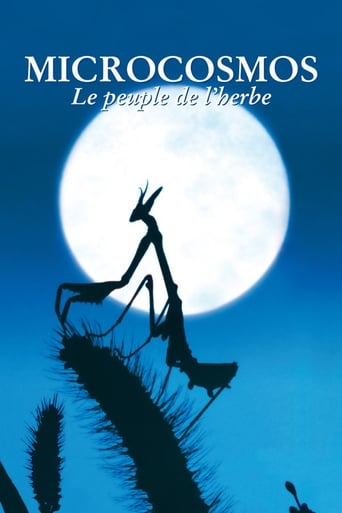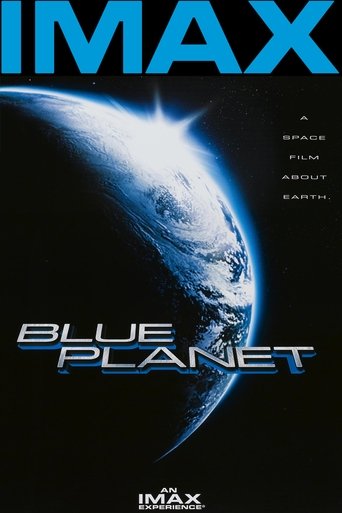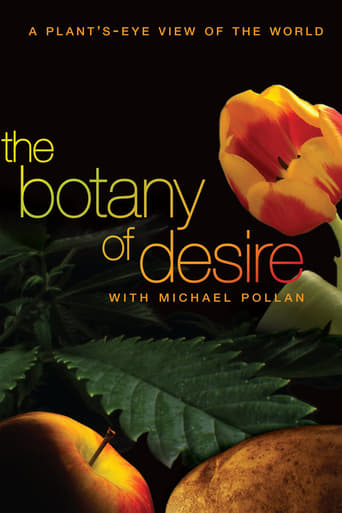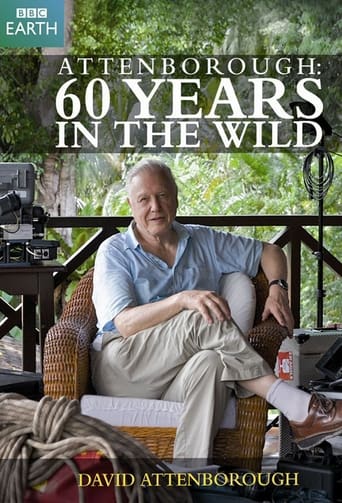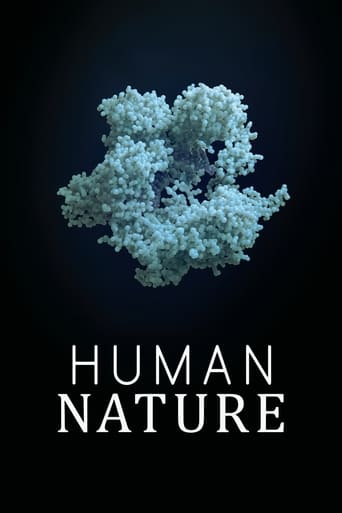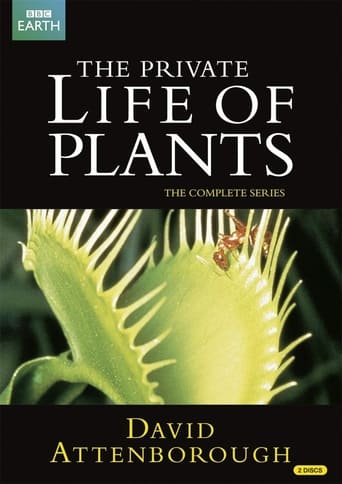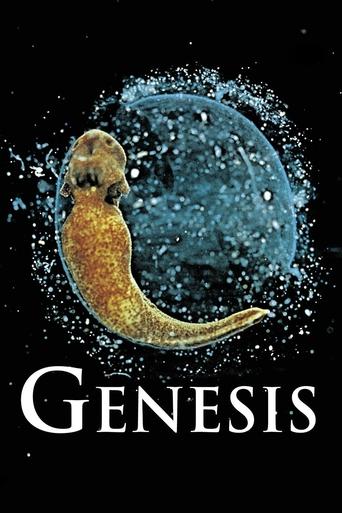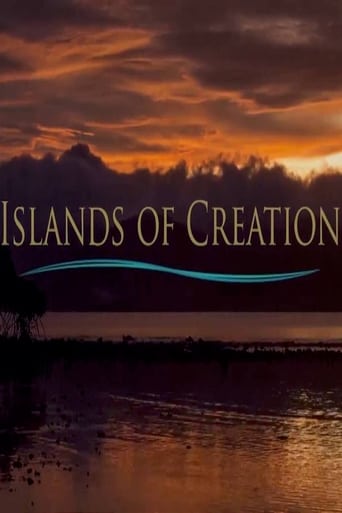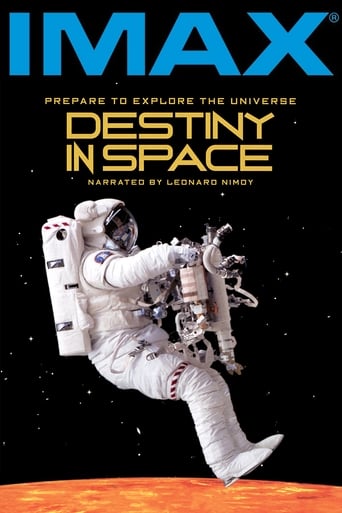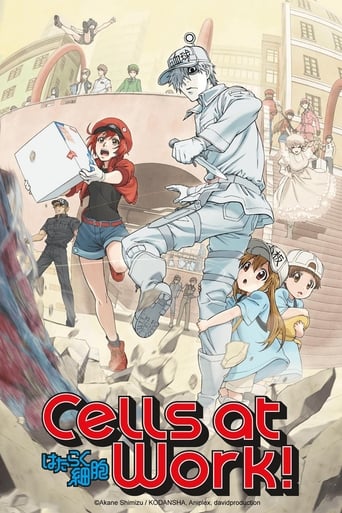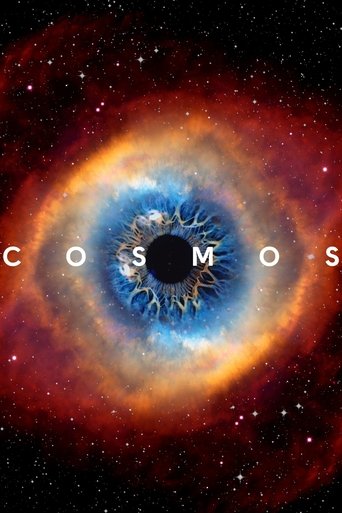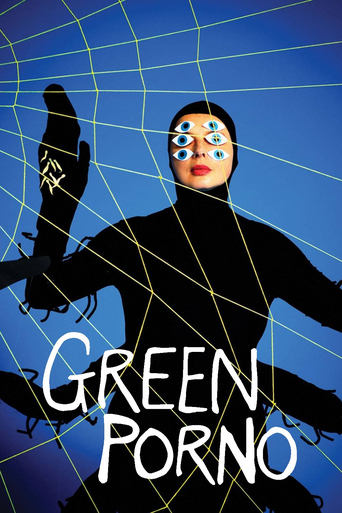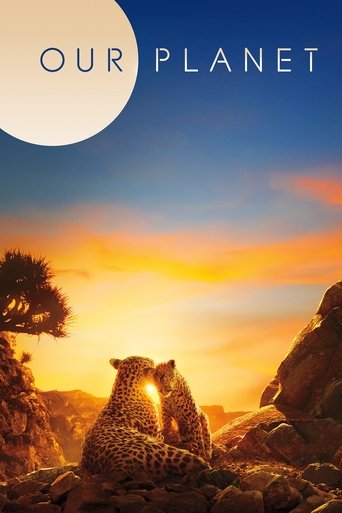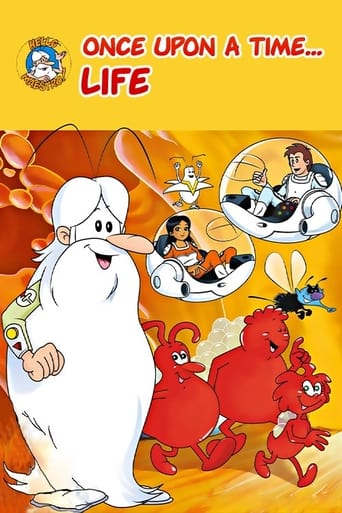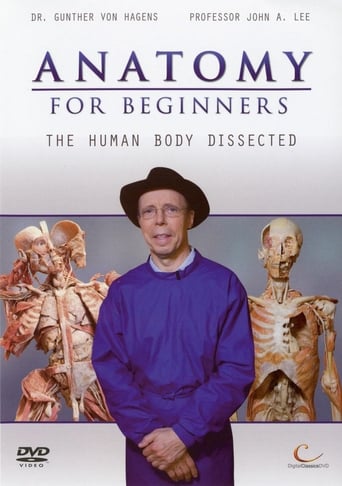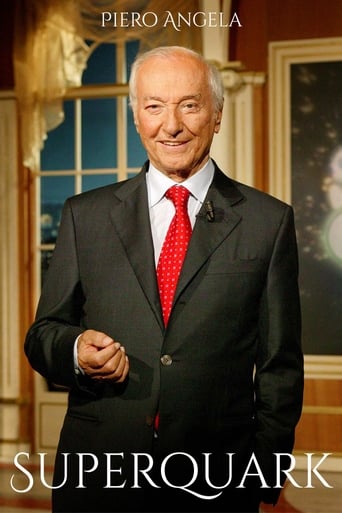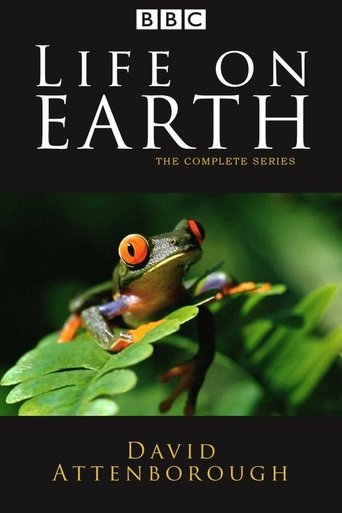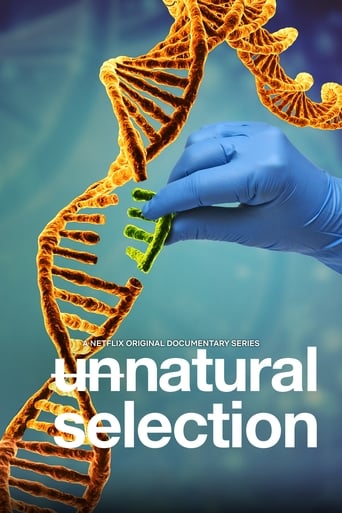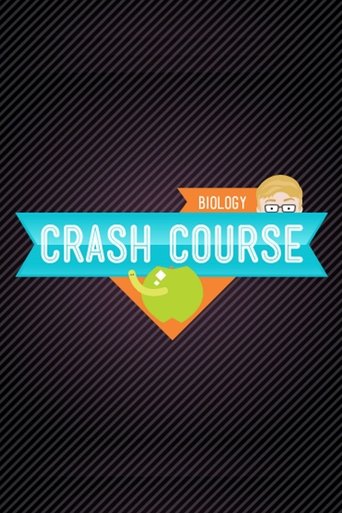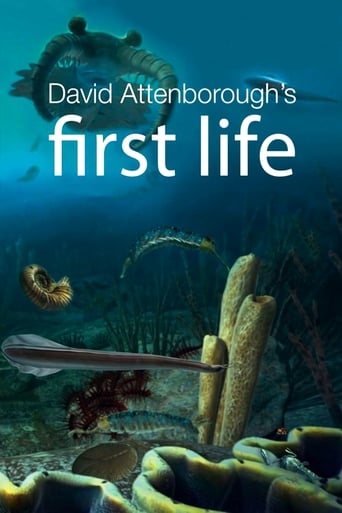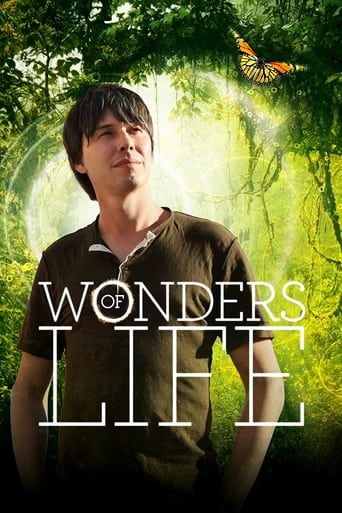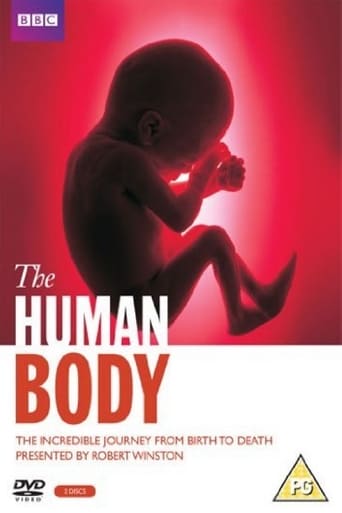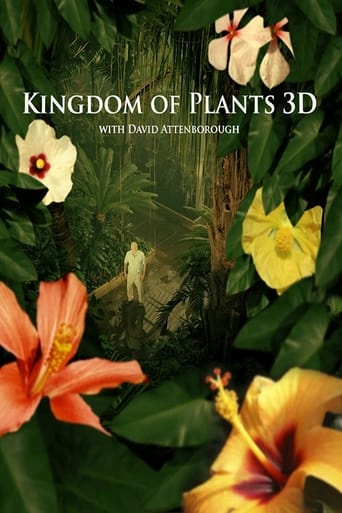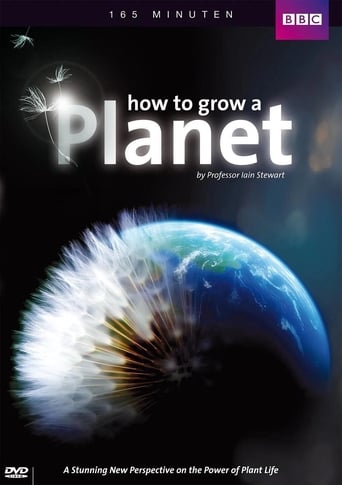Ijambo ryibanze Biology
The Andromeda Strain 1971
はたらく細胞 2024
What Is a Woman? 2022
Blue Planet 1990
The Botany of Desire 2009
Human Nature 2019
Unrest 2017
Genesis 2004
オールナイトロングR 2002
Islands of Creation 2015
Destiny in Space 1994
Cells at Work! 2018
This is a story about you. A tale about the inside of your body... According to a new study, the human body consists of approximately 37 trillion cells. These cells are hard at work every day within a world that is your body. From the oxygen-carrying red blood cells to the bacteria-fighting white blood cells, get to know the unsung heroes and the drama that unfolds inside of you! It's the oddly relatable and interesting story that is the life of cells!
Brille 2013
Brille is a humor-based quiz show where some of Norways best known comedians get to work on seemingly impossible tasks and questions. The answers are often as unexpected and funny as the panel's train of thought.
Cosmos 2014
Famed astrophysicist Neil deGrasse Tyson provides clarity for the vision of the cosmos as he voyages across the universe with never-before-told stories that delve into the scientific concepts of the laws of gravity and the origins of space and time.
Green Porno 2008
A series of very short films inspired by the amazing and often bizarre sexual practices of insects and other creatures.
Our Planet 2019
Experience our planet's natural beauty and examine how climate change impacts all living creatures in this ambitious documentary of spectacular scope.
Cells at Work! CODE BLACK 2021
Alcohol, smoking, and stress—in the body subjected to these irritants, the cells responsible for maintaining life seem to fight a war that never ends. Due to a severe shortage of workers, Red Blood Cell AA2153 has to quickly learn to deliver oxygen and collect carbon dioxide, even in dangerous conditions. Meanwhile, White Blood Cell U-1196 has to do her part by dealing with germs and viruses during life-threatening situations. In the midst of these crises, they have to work together to keep the body healthy, despite not knowing if their sacrifices will be worthwhile. Cells at Work! Code Black takes a different approach by showing the grittier side of the jobs our cells perform.
Once Upon a Time... Life 1987
Attention please! Are you ready for an adventurous tour through the human body? With a lot of humour, our physical appearance is being introduced from head to toe along cells and organs in an educational way. The heart, blood, nerves and kidneys, each single one is a miracle which renders life possible.
Anatomy for Beginners 2005
Anatomy for Beginners is a television show created by Gunther von Hagens. In this 4-part series, Dr Gunther von Hagens and Professor John Lee demonstrated the anatomical structure and workings of the body. The 4 episodes were screened in the United Kingdom on Channel 4 in 2005. The show features public anatomy demonstrations with the use of real human cadavers and live nude models, carried out at Gunther von Hagens' "Institute for Plastination" in Heidelberg, Germany. Dr von Hagens’ public demonstrations are not formal anatomy dissections performed by medical students in some countries as part of their medical training. Formal dissection are performed slowly and take dozens of hours of dissection. Anatomy for Beginners performs quicker autopsy and also combines with demonstration of plastinated body parts and specimens to gives just a glimpse of the human anatomy. The individuals on whom the demonstration was performed had, before their death, enrolled on von Hagens’ body donor programme and consented to the use of their bodies for public education in anatomy, including public demonstration.
Superquark 1995
Television program of cultural diffusion, born in September 1995, designed and conducted by Piero Angela, development of transmission appreciated Quark.
Life 2009
David Attenborough looks at the extraordinary ends to which animals and plants go in order to survive. Featuring epic spectacles, amazing TV firsts and examples of new wildlife behaviour.
Life on Earth 1979
The story of life, from the first primitive cells to the plants and animals that now live around us.
Unnatural Selection 2019
From eradicating disease to selecting a child's traits, gene editing gives humans the chance to hack biology. Meet the real people behind the science.
Crash Course Biology 2012
And thus begins the most revolutionary biology course in history. Come and learn about covalent, ionic, and hydrogen bonds. What about electron orbitals, the octet rule, and what does it all have to do with a mad man named Gilbert Lewis? It's all contained within. www.youtube.com/crashcourse
David Attenborough's Rise of Animals: Triumph of the Vertebrates 2013
David Attenborough embarks on a remarkable 500 million-year journey revealing the extraordinary group of animals that dominate our world, and how their evolution defines our human bodies.
First Life 2010
Sir David Attenborough goes back in time to the roots of the tree of life, in search of the very first animals, telling their story with stunning photography, state of the art visual effects and the captivating charm of the world’s favorite naturalist.
Wonders of Life 2013
Physicist and professor Brian Cox travels across the globe to uncover the secrets of the most extraordinary phenomenon in the universe: life.
The Human Body 1998
The Human Body is a seven-part documentary series that looks at the mechanics and emotions of the human body from birth to death.
Kingdom of Plants 2012
Sir David discovers a microscopic world that’s invisible to the naked eye, where insects feed and breed, where flowers fluoresce and where plants communicate with each other and with animals using scent and sound.
Seduce Me 2010
An entertaining yet informative look into the bizarre seduction rituals that often precede the mating process.
How to Grow a Planet 2012
Geologist Iain Stewart explain in three stages of natural history the crucial interaction of our very planet's physiology and its unique wildlife. Biological evolution is largely driven bu adaptation to conditions such as climate, soil and irrigation, but biotopes were also shaped by wildlife changing earth's surface and climate significantly, even disregarding human activity.
